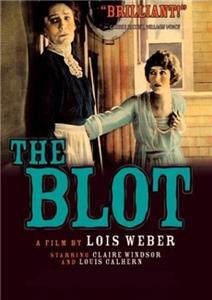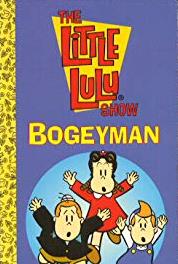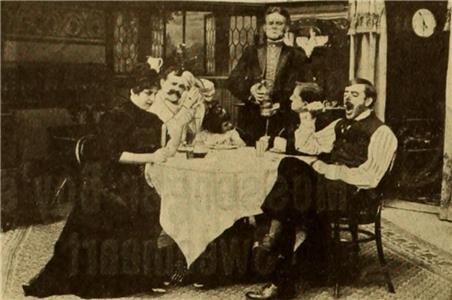The Blot (1921) Online

The Professor dispenses the wisdom of the ages and does not make a living wage. The sons of the rich and powerful are students lacking any motivation. The next door neighbor of the Professor, businessman Olsen, has money and lots of food, while the Griggs have hardly any. Both Peter Olsen and Reverend Gates are taken by the beauty of young Amelia Griggs. When rich son Phil West falls for Amelia Griggs and befriends the poor Reverend Gates, he finally sees the difference in his life and theirs and tries to do something to change that.
| Complete credited cast: | |||
| Philip Hubbard | - | Andrew Theodore Griggs | |
| Margaret McWade | - | Mrs. Theodore Griggs | |
| Claire Windsor | - | Amelia Griggs | |
| Louis Calhern | - | Phil West | |
| Marie Walcamp | - | Juanita Claredon |
College scenes were filmed at the University of California, Los Angeles, which was located at the time on Vermont Avenue in Hollywood, and later relocated to Westwood. The site on Vermont is now (2011) occupied by Los Angeles City College. None of the original buildings which appeared in this film have survived.
This was the first film shown at the Ambassador Theater in West Philadelphia, PA. It had a three-day run.
In a promotional tie-in to the film, the Parker Pen Company, which produced the "Lucky Curve Pen" and advertised it as a pen that would not leak or blot, gave away the pens to the top twelve winners of an essay contest, entitled "What is the greatest blot on our American life of today?"
When the film played in Kansas City, it was given a special showing to 1200 public school teachers.






User reviews